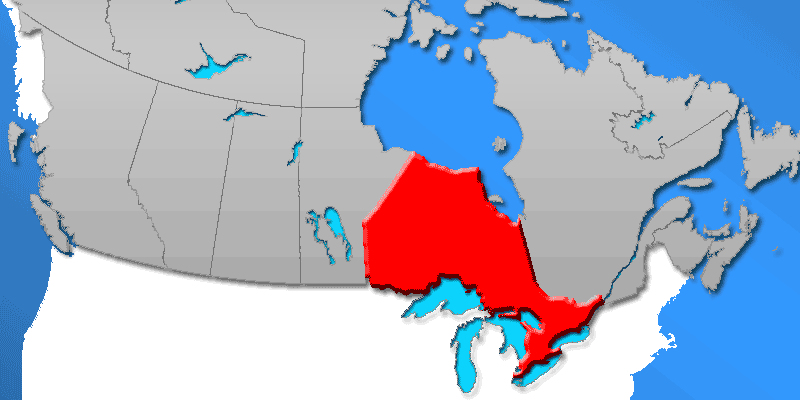Will Ontario’s new government deal with our debt problem?

Last week, Premier Kathleen Wynne conceded that the Liberal Party’s 15-year run as the government of Ontario will end after this week’s election. So we will soon have a new government, with either Ontario PC Leader Doug Ford or NDP Leader Andrea Horwath at the helm.
Among the most daunting challenges facing the new government will be the province’s $325 billion provincial debt. This amounts to approximately $22,000 per Ontarian and is approximately 37.6 per cent as large as the provincial economy. It’s a bigger debt burden than Ontario carried during the 1990s, when debt grew quickly under Premier Bob Rae.
The Liberal government’s 2018 budget called for even more debt in the years ahead. There are good reasons, however, for the new government—whoever leads it—to break from this debt trajectory.
For example, allowing the debt to climb to $377 billion by 2021/22 (as the 2018 budget called for) would trigger an increase in debt interest costs. In fact, according to the budget forecast, provincial debt-interest payments would climb from $12.5 billion this year to $16.9 billion in 2025/26—a 35 per cent increase. This means billions of additional dollars would be used to pay interest instead of providing things Ontarians value such as quality public services and/or tax relief.
Carrying more debt into the future would therefore come with big costs and risks for either a PC or NDP government. Fortunately, there are other options. Ontario’s debt problem is large, but not insurmountable.
We can demonstrate this by considering a simple mathematical reality: if Ontario’s economy grows (in percentage terms) faster than the province’s debt, the debt-to-GDP ratio must shrink. If the opposite is true, the ratio will go up.
This way of looking at debt helps us understand that to begin getting Ontario’s debt-to-GDP ratio back to more historically normal levels, we don’t need to start reducing the number of dollars we owe. We just need to get the pace of debt growth appreciably lower than the rate of GDP growth. Ontario’s debt problem has seemed so stubborn because over the past 10 years successive Liberal governments have failed to consistently achieve this modest goal.
Consider this. If the new government simply stopped adding net debt—not reducing the number of dollars we owe, but not adding any—the debt-to-GDP ratio would start to fall quickly (as long as economic growth is positive). By 2021/22, current GDP forecasts suggest the ratio would be back down to 33.5 per cent, the lowest level since 2009/10. A few more years and Ontario would be back to the pre-recession level of approximately 27 per cent.
Some may say it’s not realistic to imagine a government operating without adding debt. But a glance next door to Quebec proves otherwise. Quebec has stopped adding to its debt burden since 2014. As a result, they have shaved 5.5 percentage points off their debt-to-GDP ratio in just four years, with more progress expected.
Ontario’s debt challenge may sometimes seem insurmountable to some. But it isn’t. Hopefully the next government, whoever leads it, is willing to learn from Quebec’s example and genuinely tackle Ontario’s debt problem, and in the process, reduce the amount of interest Ontarians will pay on the government’s debt.
Author:
Subscribe to the Fraser Institute
Get the latest news from the Fraser Institute on the latest research studies, news and events.

